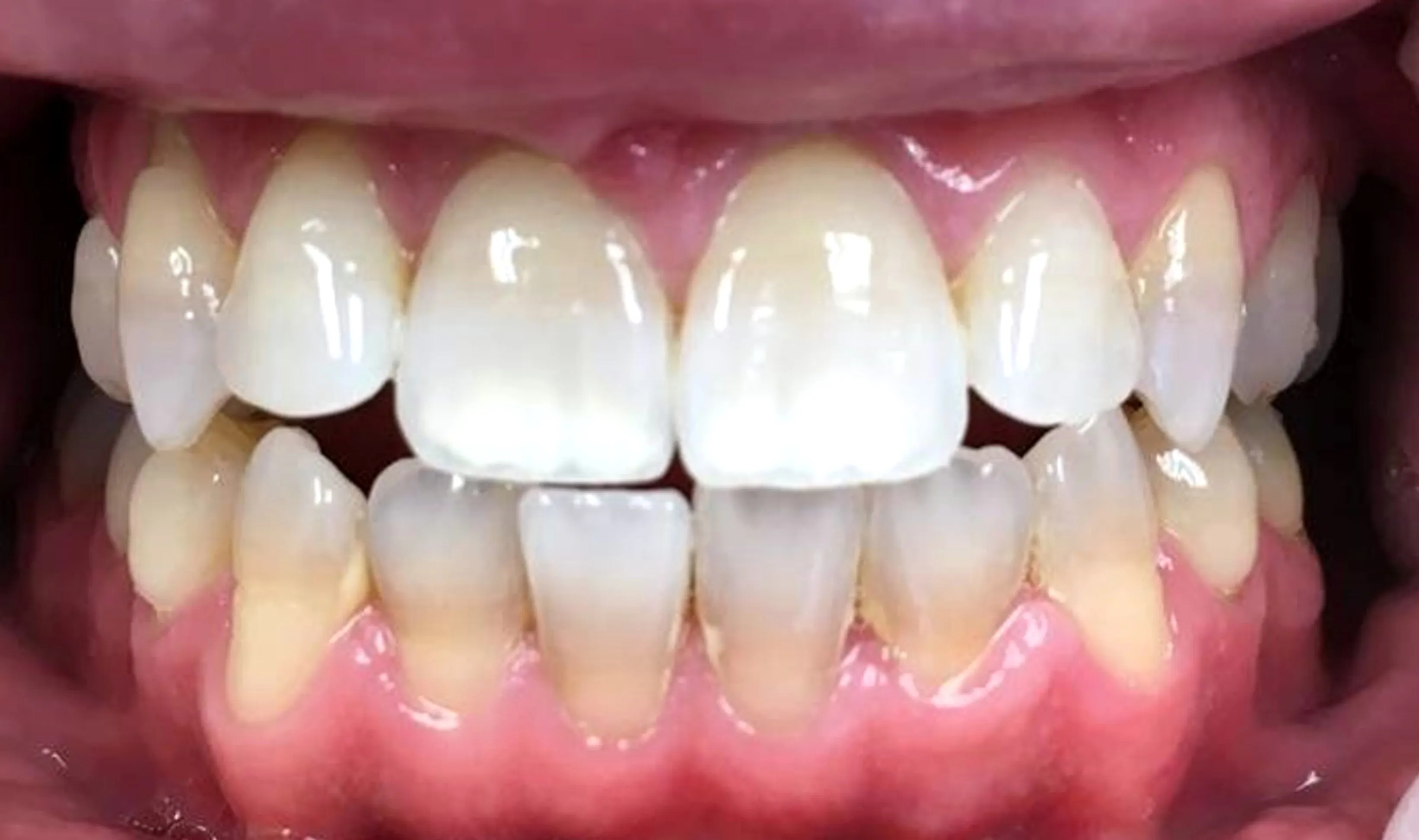Understanding Tetracycline Stains on Teeth
Tetracycline stains on teeth can be a significant cosmetic concern, causing discoloration that ranges from yellow to brown or even gray. These stains are a result of tetracycline antibiotics, which, when taken during tooth development, can bind to the calcium in the teeth. This process affects the enamel and dentin, leading to intrinsic staining, meaning the discoloration originates from within the tooth structure itself. Understanding the nature of these stains is the first step in exploring effective whitening solutions and restoring a bright, confident smile. Addressing this issue requires a tailored approach since it is different from stains caused by diet or external factors.
Causes of Tetracycline Stains
The primary cause of tetracycline stains is the ingestion of tetracycline antibiotics during tooth development. This typically occurs in children whose teeth are still forming, particularly between the ages of infancy and eight years old. However, the medication can also affect the teeth of a fetus if the mother takes tetracycline during pregnancy. The staining occurs because tetracycline incorporates itself into the developing tooth structure. The severity and appearance of the stains depend on factors such as the dosage of the antibiotic, the duration of its use, and the specific type of tetracycline. Preventing tetracycline stains involves careful consideration of antibiotic use, especially during critical periods of dental development.
How Tetracycline Affects Tooth Color
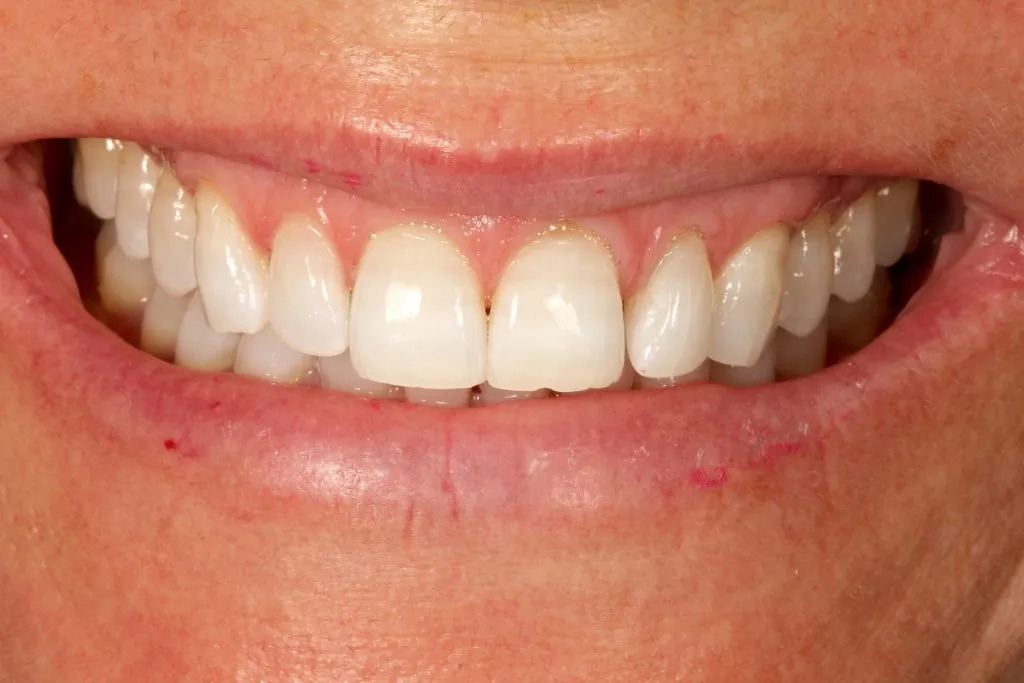
Tetracycline’s impact on tooth color stems from its chemical interaction with the tooth’s developing structure. When tetracycline binds to the calcium in the enamel and dentin, it alters the tooth’s natural composition. This alteration makes the teeth more susceptible to discoloration, resulting in the characteristic banding patterns and color variations seen in tetracycline-stained teeth. The color can range from a uniform yellow or brown to more complex banding patterns of gray, blue-gray, or even dark brown, depending on the antibiotic type and the degree of exposure. The intrinsic nature of these stains means they are embedded within the tooth, making them challenging to treat and requiring specialized whitening techniques to achieve noticeable improvement.
Severity Levels of Tetracycline Stains
The severity of tetracycline stains is classified into different levels, each presenting a unique challenge for treatment. Mild cases may show a faint yellow or brown discoloration, while moderate stains can exhibit more pronounced banding and deeper hues of yellow or brown. Severe cases often feature dark gray or blue-gray staining with significant banding and are the most difficult to treat. Assessing the severity is critical because it guides the choice of appropriate whitening solutions. For instance, mild stains may respond well to professional or at-home whitening, while severe cases often require more invasive treatments like veneers or bonding. A dentist’s evaluation is essential to determine the most effective approach.
Top Whitening Solutions for Tetracycline Stains
Addressing tetracycline stains requires a targeted approach, with various solutions available to improve tooth color. The effectiveness of each solution depends on the severity of the stains and the individual’s dental health. Options range from professional teeth whitening to more extensive cosmetic procedures. A qualified dentist can assess the severity of the stains and recommend the most suitable treatment plan, ensuring the best possible outcome. The following are the top 5 methods to consider.
Professional Teeth Whitening Options
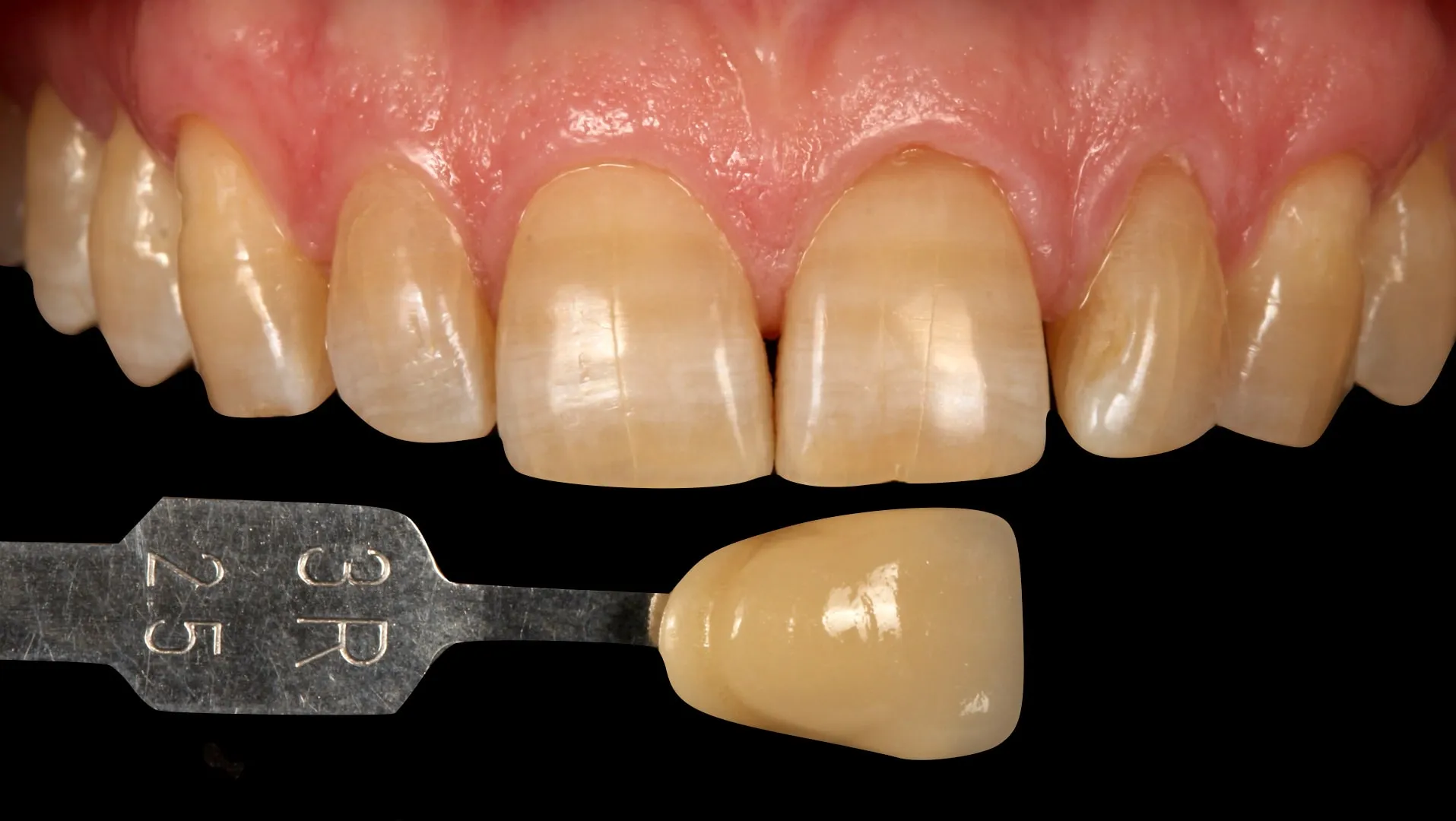
Professional teeth whitening offers the most controlled and often most effective treatment for tetracycline stains. These procedures are performed in a dental office, using stronger bleaching agents than those available over the counter. This results in a more dramatic and faster whitening effect. Dentists can also customize the treatment to the specific needs of the patient. The strength of the whitening agents used, combined with the expertise of the dental professional, can significantly reduce the appearance of tetracycline stains.
In-Office Whitening Procedures
In-office whitening typically involves applying a high-concentration hydrogen peroxide or carbamide peroxide gel to the teeth. A special light or laser may be used to accelerate the bleaching process. The dentist will carefully monitor the procedure to protect the gums and ensure even results. Multiple sessions may be necessary to achieve the desired level of whitening, depending on the severity of the stains. The in-office setting also allows for immediate results, providing patients with a noticeable improvement in a single visit. The process is considered safe and is the preferred option for the most stubborn tetracycline cases.
Benefits of Professional Whitening
Professional whitening offers several advantages over at-home methods. The dentist has access to stronger bleaching agents, leading to more significant and quicker results. Professional whitening is also performed under controlled conditions, reducing the risk of gum irritation or uneven whitening. The dentist can also assess the specific type and severity of the stains to tailor the treatment for optimal effectiveness. Furthermore, professional whitening provides a safe and supervised environment, ensuring the patient’s overall oral health is maintained throughout the process. The expertise of a dentist ensures that the procedure is both effective and safe.
At-Home Whitening Treatments
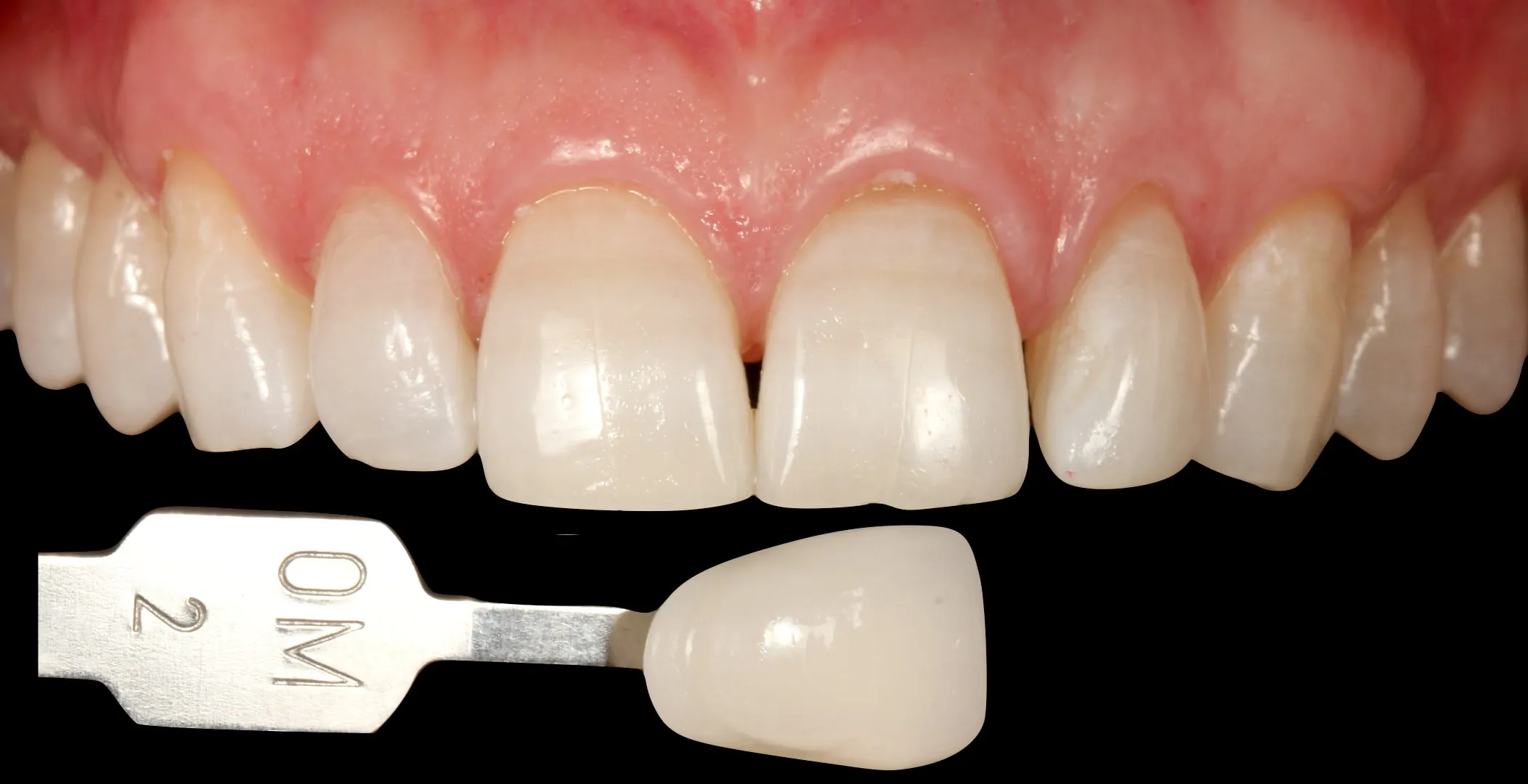
At-home whitening treatments offer a convenient and more affordable alternative for managing tetracycline stains, especially for those with milder discoloration. These methods typically use lower concentrations of bleaching agents and require consistent use over several weeks. While less potent than professional treatments, at-home options can still provide noticeable improvements. Proper use is key for achieving the best results and avoiding potential side effects. Consulting with a dentist before starting any at-home whitening regimen is always a good idea, as they can assess the severity of the stains and recommend the most appropriate products.
Whitening Toothpastes and Rinses
Whitening toothpastes and rinses are designed to remove surface stains, offering a subtle brightening effect. These products contain mild abrasives or chemical agents that gently polish the teeth. While they can help maintain whiteness and remove surface stains, they are generally less effective on intrinsic stains caused by tetracycline. Regular use of whitening toothpastes and rinses can contribute to a brighter smile and enhance the effects of other whitening treatments. However, they should not be considered a primary solution for tetracycline stains. Careful selection of products that are enamel-friendly is important to avoid damage or sensitivity.
Over-the-Counter Whitening Strips and Gels
Over-the-counter whitening strips and gels offer a more potent approach than toothpastes and rinses, containing a higher concentration of peroxide-based bleaching agents. These products are applied directly to the teeth, and they can produce noticeable improvements over several weeks of use. The effectiveness of whitening strips and gels depends on the severity of the stains and the individual’s adherence to the instructions. They can be a cost-effective alternative to professional treatments. However, they may not be as effective for severe tetracycline stains. Be sure to follow the instructions carefully to minimize the risk of gum irritation or sensitivity. Consistent use is key to maximizing results.
Effectiveness of At-Home Treatments

The effectiveness of at-home treatments for tetracycline stains varies depending on the severity of the discoloration. Whitening toothpastes and rinses are generally least effective on these stains, while whitening strips and gels can provide more noticeable improvements. However, the results from at-home treatments are typically less dramatic and slower than those achieved with professional whitening. Mild to moderate stains may respond well to at-home methods, but severe stains often require professional intervention. It’s also important to note that individual results can vary based on factors like the concentration of the bleaching agent, the duration of treatment, and the consistency of application. Consulting with a dentist can help determine the most suitable treatment for your specific needs.
Other Effective Whitening Methods
In addition to professional and at-home whitening, other cosmetic dental procedures can effectively address tetracycline stains. These methods often provide more permanent solutions for severe discoloration and can significantly improve the overall appearance of the smile. These procedures are typically more invasive and may require more time and investment. However, they offer lasting results and can dramatically transform the look of your teeth. Consulting with a dentist is essential to determine the most appropriate option based on the severity of the stains and individual preferences.
Dental Veneers for Tetracycline Stains
Dental veneers are thin, custom-made shells, usually made of porcelain, that are bonded to the front surface of the teeth. Veneers are an excellent solution for tetracycline stains, particularly for severe cases where other whitening methods may not be effective. They provide a natural-looking, long-lasting improvement in tooth color and shape. The procedure typically involves removing a small amount of enamel to accommodate the veneers, which are then carefully bonded to the teeth. Veneers are stain-resistant and can dramatically enhance the appearance of the smile. They are a popular choice for those seeking a comprehensive cosmetic solution. However, veneers require commitment as they are irreversible and require maintenance.
Dental Bonding for Tetracycline Stains

Dental bonding involves applying a tooth-colored resin material to the teeth and shaping it to improve their appearance. It is a less invasive and more affordable option than veneers, and it can be a suitable treatment for mild to moderate tetracycline stains. The bonding material is carefully matched to the natural tooth color and applied to the surface of the teeth, then hardened using a special light. Bonding can effectively mask discoloration, chips, and other imperfections. However, bonding is less durable and more prone to staining than veneers. Regular maintenance and care are essential to maintain its appearance. It’s a quick, efficient option often used for cosmetic improvements.
Microabrasion for Surface Stains
Microabrasion is a conservative treatment that can be effective for surface stains and mild tetracycline discoloration. It involves removing a very thin layer of the tooth enamel using a combination of abrasive agents and acid. This process can help eliminate superficial staining and improve the overall appearance of the teeth. Microabrasion is often used in conjunction with whitening treatments to enhance the results. It is less invasive than veneers or bonding and is suitable for patients with mild staining. The procedure is typically performed in a dentist’s office and can provide noticeable improvements with minimal discomfort.
Factors Affecting Whitening Success
Several factors influence the success of teeth whitening for tetracycline stains. The severity of the staining, the type of treatment chosen, and individual oral hygiene habits all play a crucial role. Understanding these factors can help patients make informed decisions about their treatment options and maximize the potential for achieving a brighter smile. Proper assessment of the stain type and severity is the first step toward success. Success also hinges on consistent application and maintenance of whitening treatments and careful oral hygiene practices.
The Role of Diet and Oral Hygiene
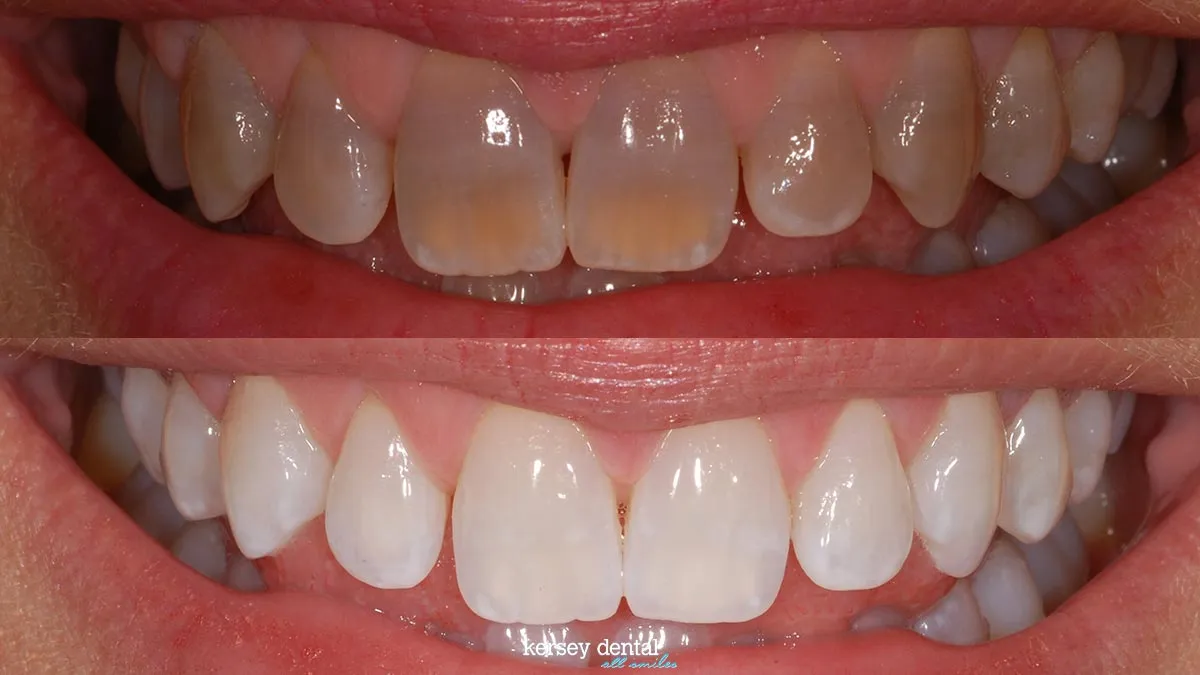
Diet and oral hygiene habits significantly impact the success and longevity of teeth whitening treatments. Consuming staining foods and drinks, such as coffee, tea, red wine, and berries, can darken the teeth and reduce the effectiveness of whitening procedures. Maintaining good oral hygiene, including regular brushing, flossing, and dental check-ups, helps remove surface stains and prevents new discoloration. Avoiding tobacco products is also essential, as smoking and chewing tobacco can severely stain teeth and diminish the results of whitening treatments. Following a balanced diet and adhering to a rigorous oral hygiene routine can help sustain a brighter smile.
Maintaining Whitened Teeth
Maintaining whitened teeth requires ongoing care and attention. This includes regular dental check-ups and cleanings to remove plaque and surface stains. Using a whitening toothpaste or a maintenance product recommended by your dentist can help sustain the results of the whitening treatment. Avoiding or limiting the consumption of staining foods and drinks is crucial. If you do consume these items, rinsing your mouth with water or brushing your teeth afterward can help minimize their impact. Following these practices can prolong the life and beauty of your whitened smile and keep the results as long as possible.
Consulting a Dentist for Tetracycline Stains
Consulting a dentist is essential for anyone seeking to address tetracycline stains. A dentist can accurately assess the severity of the stains and recommend the most effective treatment plan tailored to your individual needs. They can also provide professional whitening treatments, offer guidance on at-home methods, and discuss other cosmetic options. Professional consultation ensures that the chosen treatment is safe, effective, and suitable for your oral health condition. Regular dental check-ups are crucial for maintaining overall oral health and preserving the results of any whitening procedures. The guidance of a dentist guarantees the best possible outcome.
When to Seek Professional Help
Professional help is recommended when you are dealing with moderate to severe tetracycline stains. While over-the-counter products may offer some improvement, they often fall short for more pronounced discoloration. Seeking professional help ensures that the treatment is tailored to your specific needs and that you receive the most effective solutions. If you are unsure about the severity of your stains or the best course of action, consulting a dentist is always wise. A dentist can provide a thorough assessment and offer informed recommendations, helping you achieve the smile you desire.
Choosing the Right Dentist
Choosing the right dentist is crucial for achieving successful whitening results and ensuring your overall oral health. Look for a dentist with experience and expertise in cosmetic dentistry and the treatment of tetracycline stains. Check their credentials, read reviews, and ask for before-and-after photos of their work. Schedule a consultation to discuss your concerns and treatment options. Make sure you feel comfortable with the dentist and their team, and that they take the time to explain the procedures and answer your questions thoroughly. A good dentist will prioritize your needs and help you achieve a brighter, healthier smile.
